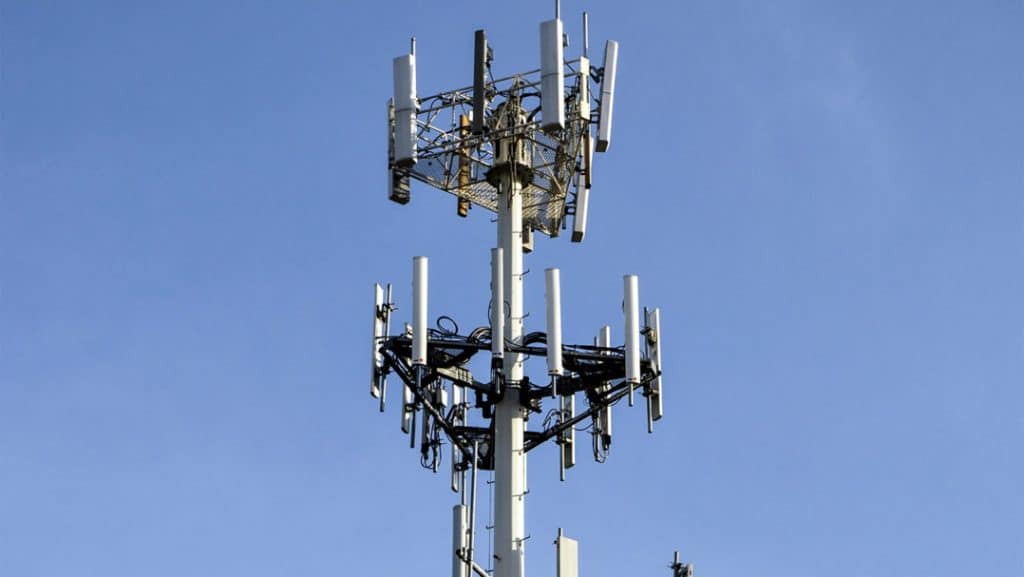The wireless network is a technology that is rapidly gaining momentum in both industrial and corporate environments. This is as a result of the ease of deployment and the associated savings on cost. In contrary to a wired network, a company can save up to 30% on setting up its network. These costs are saved as a result of a shorter duration of deployment and the cost of the cables incurred in a wired network. To realize the maximum benefit of industrial wireless network, initial planning on locations and technical specifications needs to be considered.
Here are the best practices to consider when deploying industrial wireless networks;
Antenna Location
To achieve maximum throughput on an industrial wireless network, the antenna location is a crucial consideration. Before setting up the antennas, ensure that, there exists a clear line of sight path between every communicating transmitters and receivers. However, some wireless devices are capable of operating in a non-line of sight, the best practice is to have a clear line of sight for maximum productivity.

It is important to calculate the Fresnel zone based on where you intend to place the antenna. A lower frequency Fresnel zone is recommended as this converts to a larger wavelength thus a larger Fresnel clearance.
Obstructions
The electromagnetic blockage may interfere with the radio signals between the transmitter and the receiver, thereby causing delays or data loss during transmission. This problem, usually referred to as shadowing, happens when an electromagnetic blockage is caused by visible light.
Setting up mesh industrial wireless networks can reduce the impact of shadowing as this will lead to radio signal transmission from multiple sources. The most crucial factor here is to have a redundant path to ensure the reliability of radio signals transmission.
Accessibility of Locations
You should consider placing antennas in locations that can be easily accessed. Areas congested with other industrial machines or too squeezed should be avoided, as this would make antenna deployment cumbersome and interfere with radio signal transmission.

In situations where there is a congestion of other industrial machines, consider adjusting the antenna high enough to obtain a clear line of sight.
Interference from other electronic devices
Most gadgets like cellphone hotspots, microwaves, and other electronic devices should be placed away from the wireless equipment. These devices cause electromagnetic interference that may cause data loss or delays in signal transmission between wireless devices. The
impact of these electromagnetic interference depends on how close these electronic devices are on the wireless network devices. These problems can be avoided by keeping such devices away from wireless network devices. Acquiring quality wireless network devices and regular maintenance will guarantee quality service.
Conclusion
Industrial wireless solutions offer a wide range of benefits to an organization by improving efficiency and saving costs for the company. Deploying industrial wireless networks provides scalability on the company’s network as the organization can easily adjust to the growing demand for network connectivity. Enforcing the best practices for a wireless network, will significantly improve the cost of maintenance and provide maximum performance of the network.














Leave a Reply